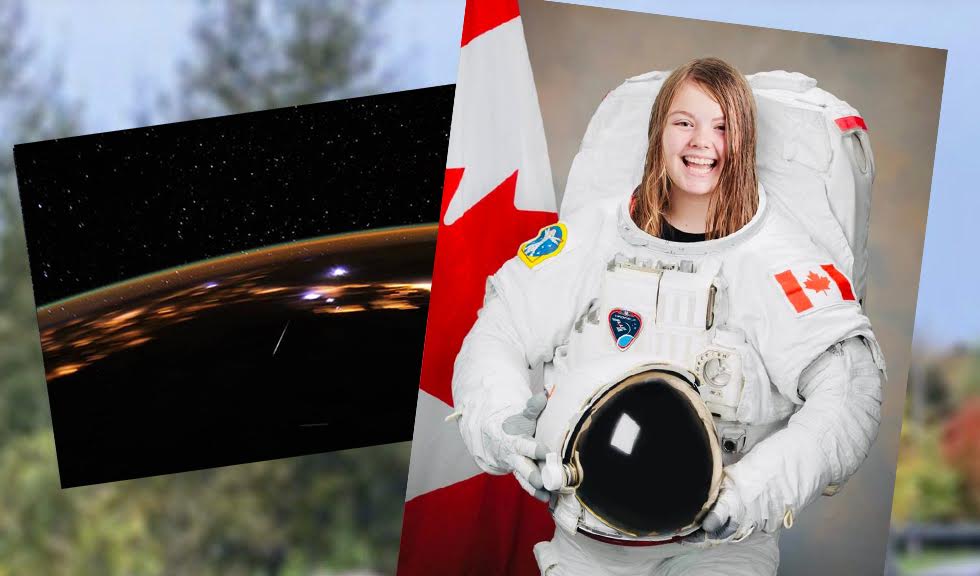As the temperatures cool and the winter season slowly begins, our night sky will only continue to provide us with exciting new opportunities to experience the wonder of astronomy firsthand. From meteor showers to the December Solstice, here are some of December’s most anticipated astronomical phenomena and launches.
Though it will be active between December 7-17, the Geminids Meteor Shower is expected to peak between the night of December 13 and the morning of December 14. This meteor shower is often considered to be one of the most reliable showers each year with an average hourly rate of 120 meteors. However, due to the fact that there will be little to no moonlight interference on the night of the peak, viewers may be able to catch up to 150 meteors each hour. The Geminids were first observed in 1862, which is a lot more recent than most other well-known meteors showers including the Perseids (which were discovered in 36 AD) and the Leonids (which were discovered in 902 AD). Geminids tend to be very bright and fast, and are often noted to have a yellow hue.
(A composite image of over 100 Geminid meteors taken during the peak of the 2014 shower. Image credit: Jacobs Space Exploration Group/ESSCA)
Another meteor shower will be peaking between December 22 and December 23. The Ursid meteor shower, which will be active from December 17 to December 26, will be much less spectacular as the Geminids shower. It is expected to produce between eight to ten meteors each hour, though the moon is expected to pose significant interference throughout the most active nights. Despite this much lower average hourly rate, the Ursids have a history of unexpectedly producing much more meteors than predicted (for example, in 1945, over 100 Ursids were observed in one hour). However, this is said to have been a very rare occurrence, and it is not expected to happen again this December.
In the Northern Hemisphere, the winter solstice will be occurring at 10:27 PM (Eastern Time) on December 21. This marks the day of the year with the shortest amount of sunlight and the longest light, and is also typically recognized as the beginning of winter. In the Southern Hemisphere, the opposite is true, and December 21 will be marking the first day of the summer season and the longest period of sunlight.
The full moon of December, also known as the Cold Moon, will reach peak illumination on December 26 at 7:33 PM (Eastern Time). Named for the changes in weather accompanying the beginning of the winter season, the Cold Moon is also commonly called the Snow Moon, the Winter Maker Moon, the Drift Clearing Moon, and the Hoar Frost Moon. The Cold Moon will be the first full moon of the winter season, as it will be rising five days after the winter solstice occurs on December 21.
(The Cold Moon of December will be rising on December 26. Image Credit: NASA/Goddard/Lunar Reconnaissance Orbiter)
Whether you choose to witness the famous Geminids meteor shower on December 13 or the rising of the Cold Moon on December 26, this will be a great month with ample viewing opportunities that all astronomy lovers can enjoy.










